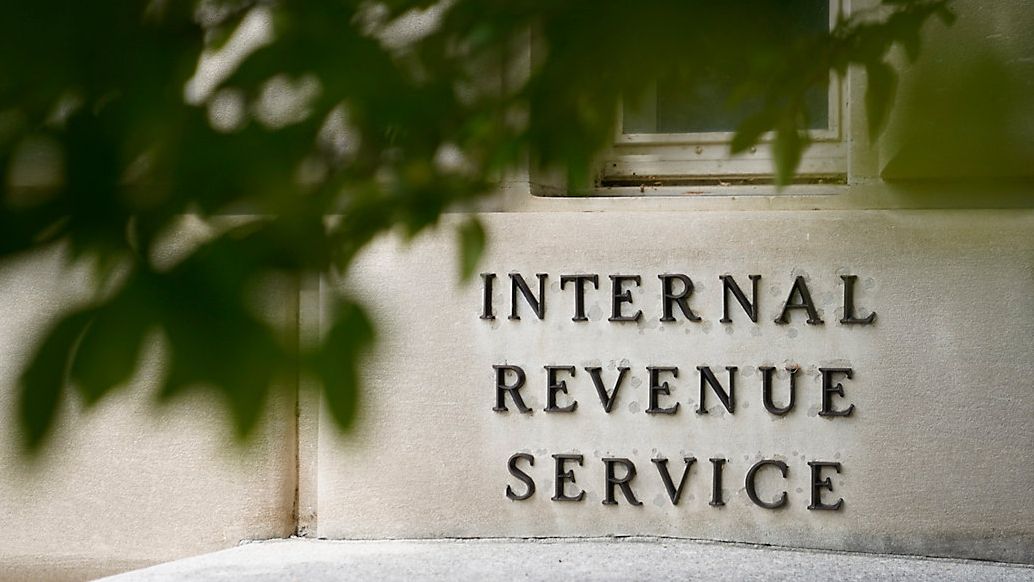WASHINGTON — On Capitol Hill Thursday, witnesses at a Senate Banking Committee urged lawmakers to re-authorize the National Flood Insurance Program ahead of Congress’ March 8 deadline to do so.
According to the committee’s Democratic Chairman, Sen. Sherrod Brown of Ohio, the program has been extended 28 times since September 2017. Lawmakers on both sides of the aisle and witnesses pushed for a long-term re-authorization and improvements to the program.
“We must re-authorize and strengthen NFIP and invest in mitigation and floodplain management before, obviously before disasters happen and communities,” Brown said.
Republican Senator Tim Scott of South Carolina said the program needs a lot of work to remain effective.
“We must have substantial reform to the NFIP. The status quo is not an option,” he said. “The program is financially insolvent, with over $20 billion, $20 billion in debt.”
Nearly 4.7 million homes and businesses are covered through the program’s flood insurance, Brown said. Florida holds the most NFIP policies in the country at 1.7 million.
Republicans, and a witness who spoke Thursday, said FEMA’s latest methodology for rates is making policies less affordable.
“NFIP’s new risk assessment policy, called Risk Rating 2.0, has made flood insurance simply impossible to afford, in some case policies rising over 1,000%,” said Republican Sen. Bill Cassidy of Louisiana. “In some cases, flood insurance price premiums being higher than a person’s mortgage.”
“On average, under Risk Rating 2.0 an NFIP policy will be $1,808, which is 104% increase over legacy rates, and rates will increase by over 50% in 41 states,” Greater New Orleans, Inc. President and CEO Michael Hecht testified.
Meanwhile, Democratic Sen. Elizabeth Warren of Massachusetts said the federal government must act on climate change solutions.
“The best and most important thing we can do is tackle the root of the problem,” she said. “We should be making big bold investments to stop climate change in its tracks and to reduce the risk that floods pose to our nation’s communities. But at the same time, we need to make sure that we understand exactly how the ongoing climate crisis is affecting our insurance markets.”









